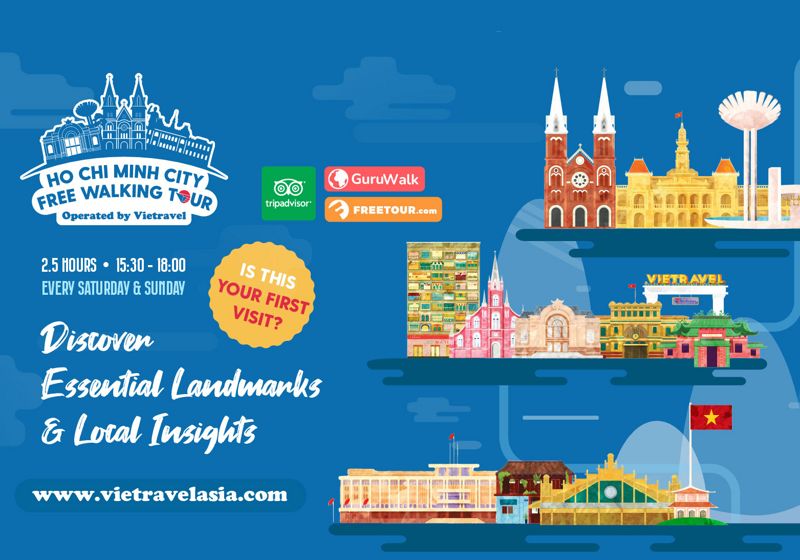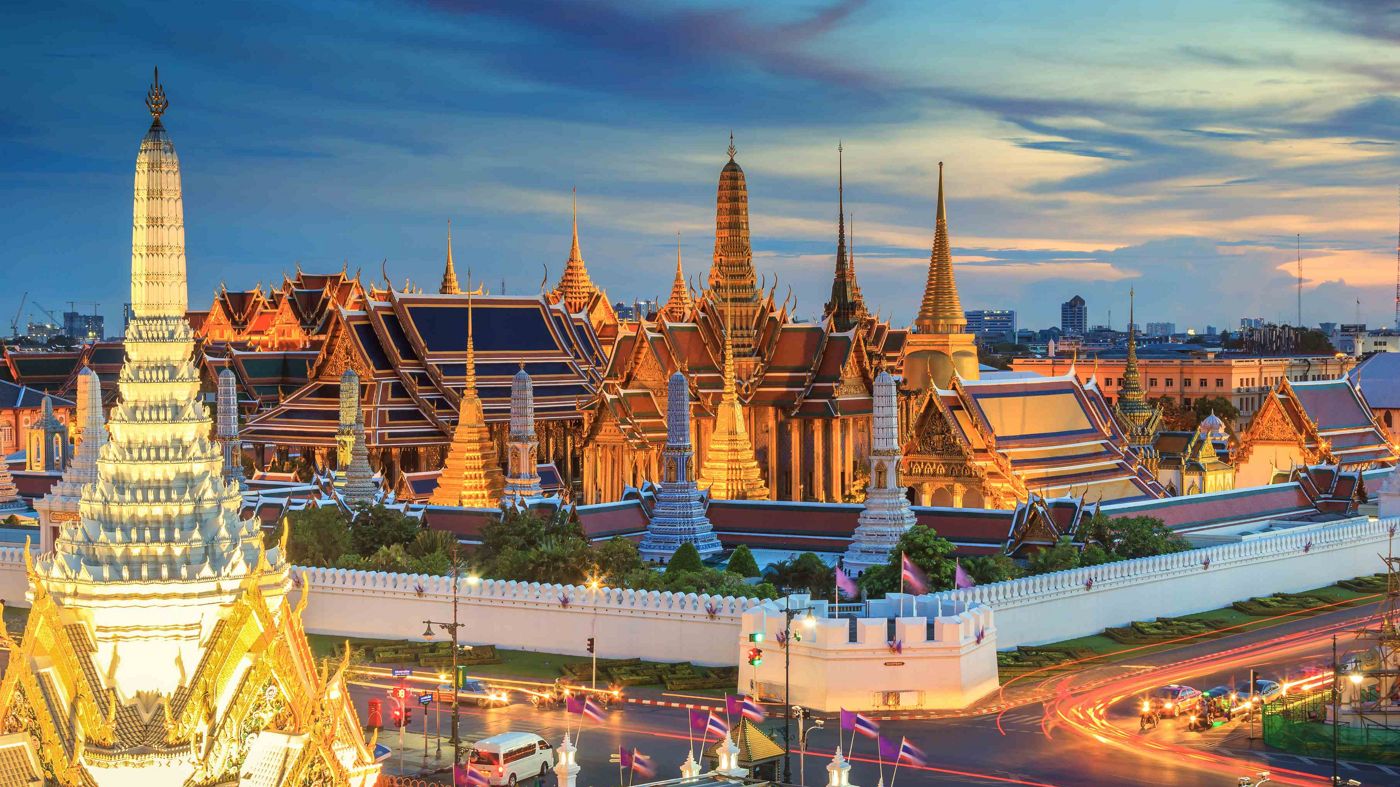
Location
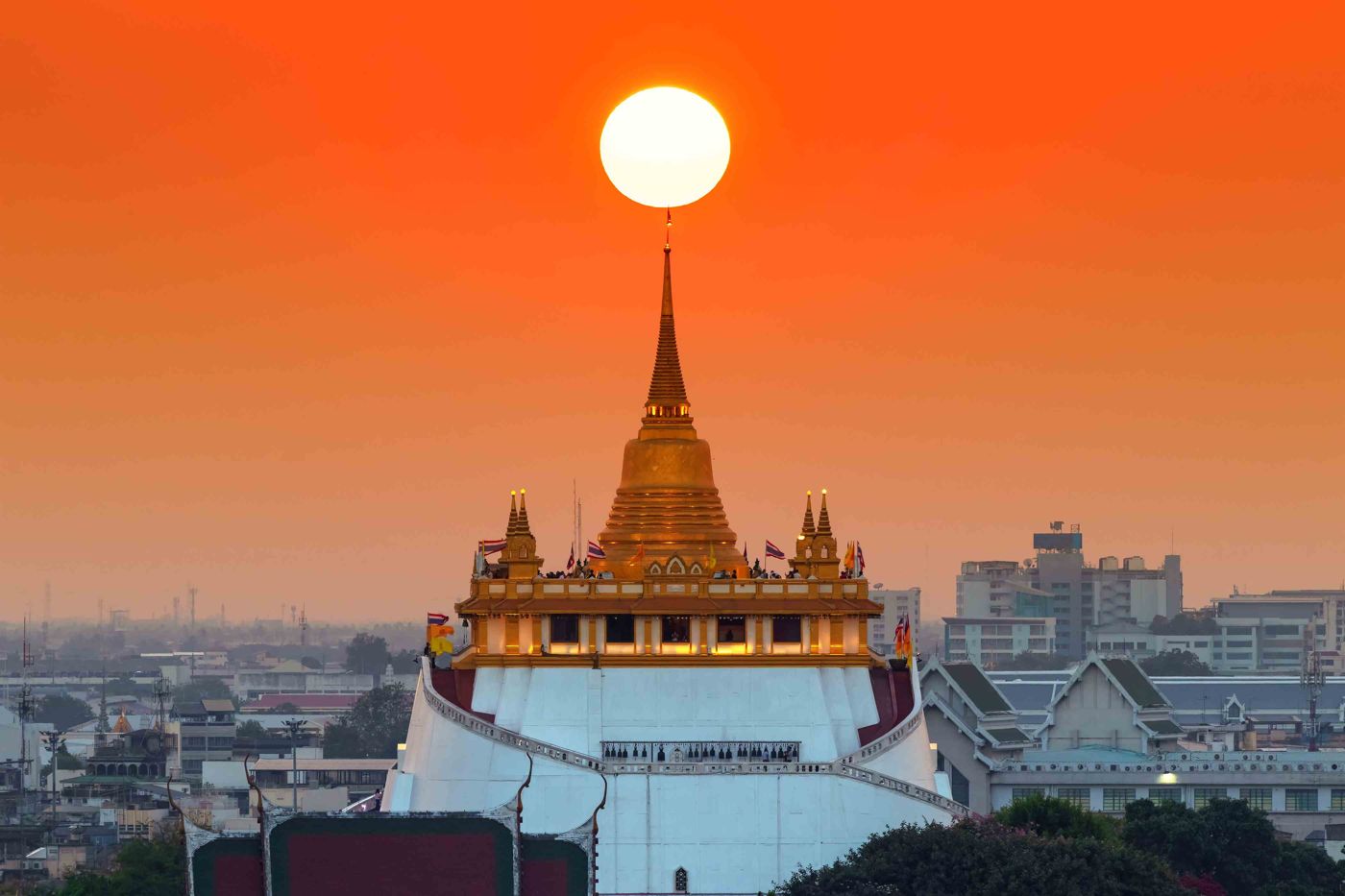
ocated in the continent of Asia, Thailand covers 510,890 square kilometers of land and 2,230 square kilometers of water, making it the 51st largest nation in the world with a total area of 513,120 square kilometers. Thailand was founded as a distinct and original nation in 1769.
Area: 513,120 km2
Population: 69,260,023 (2019)
History
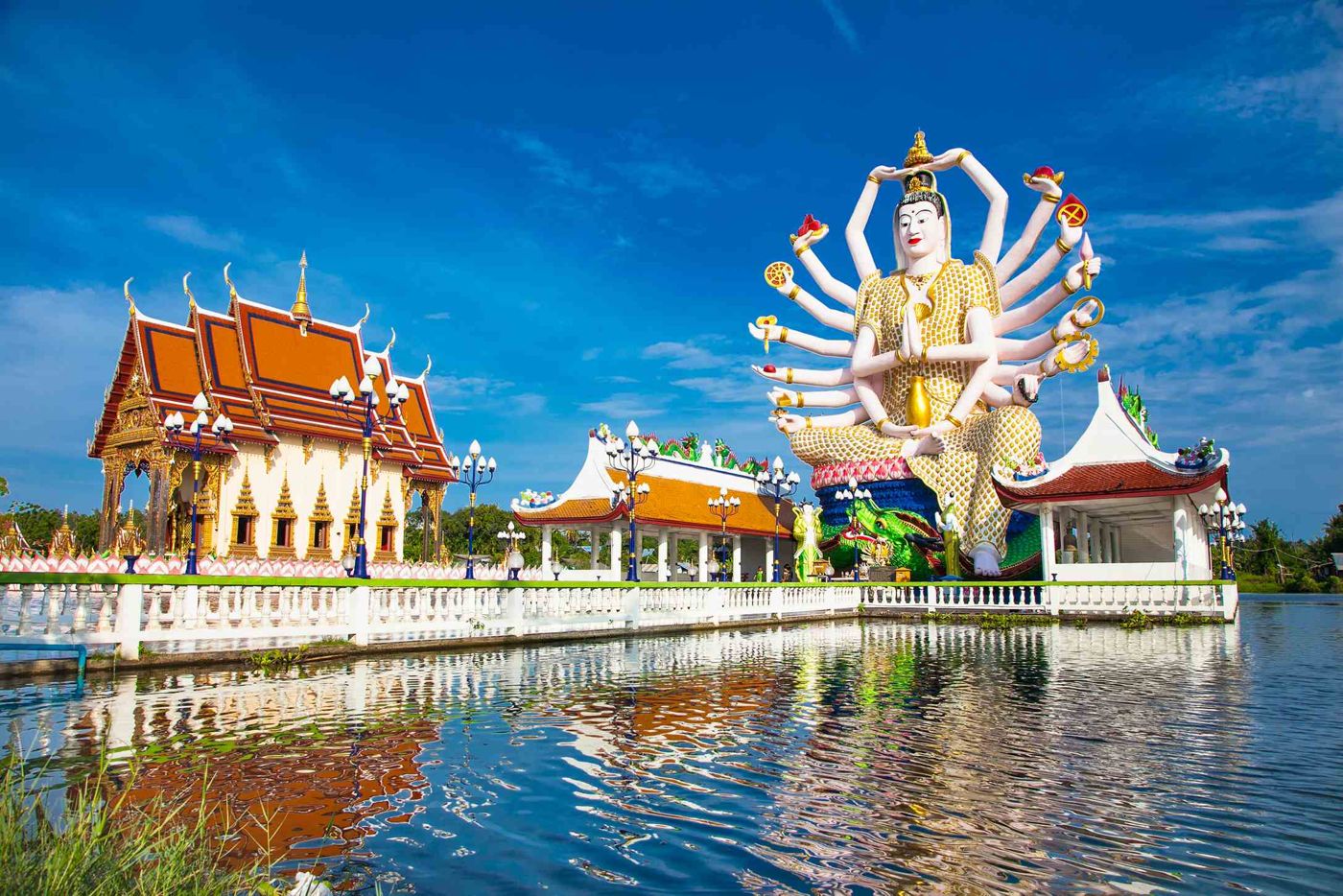
The history of Thailand concerns the history of the Thai people, who originally lived in southwestern China, and migrated into mainland Southeast Asia over a period of many centuries. The word Siam (Thai: สยาม RTGS: Sayam) may have originated from Pali (suvaṇṇabhūmi, "land of gold") or Sanskrit श्याम (śyāma, “dark”) or Mon ရာမည (rhmañña, "stranger"), probably the same root as Shan andAhom. Chinese: 暹羅; pinyin: Xiānluó was the name for the northern kingdom centred on Sukhothai and Sawankhalok, but to the Thai themselves, the name of the country has always been Mueang Thai.
Siam, as Thailand was officially called until 1939, was never brought under European colonial domination. Independent Siam was ruled by an absolute monarchy until a revolution there in 1932. Since that time, Thailand has been a constitutional monarchy, and all subsequent constitutions have provided for an elected parliament. Political authority, however, has often been held by the military, which has taken power through coups.
Overview
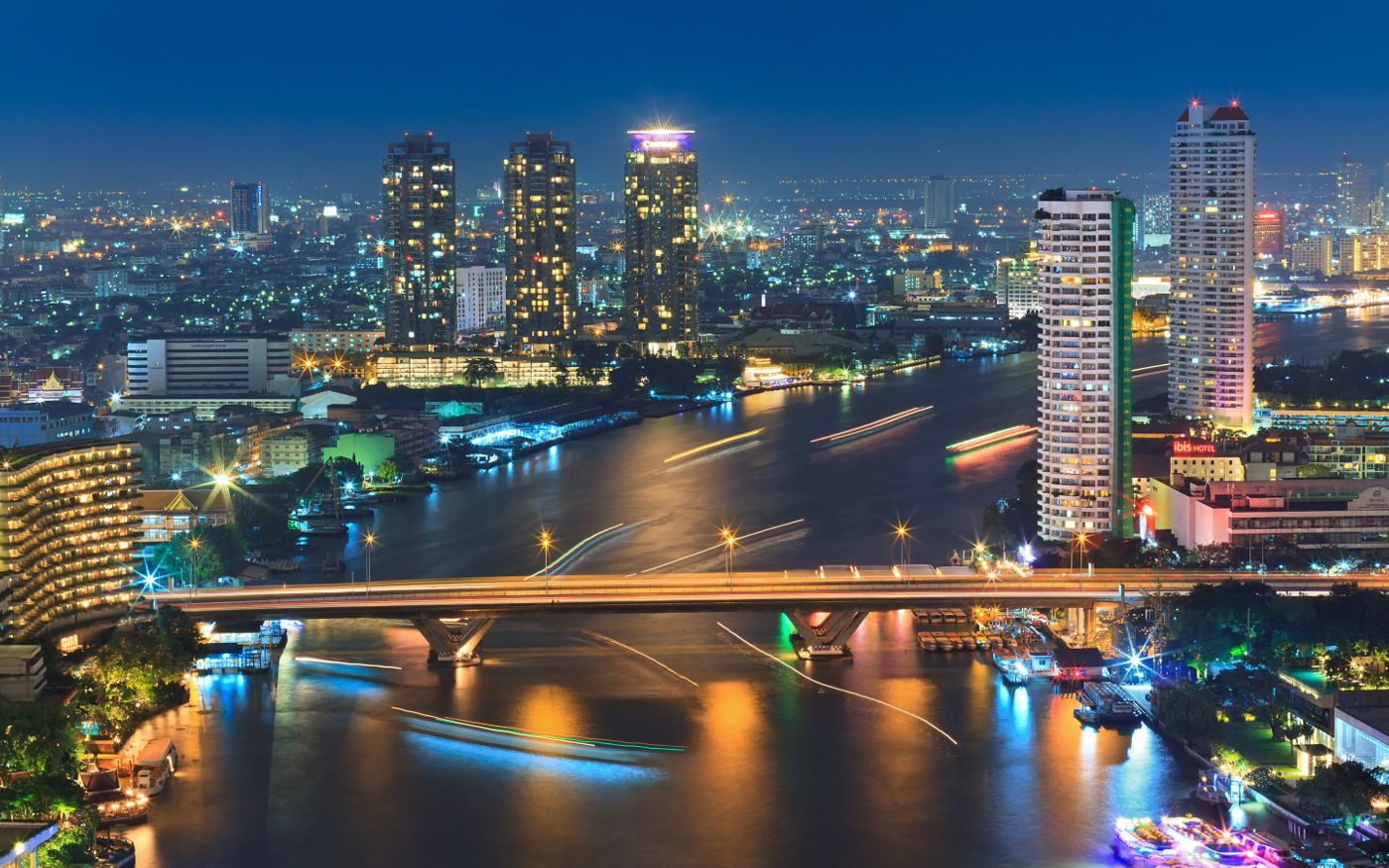
Located wholly within the tropics, Thailand encompasses diverse ecosystems, including the hilly forested areas of the northern frontier, the fertile rice fields of the central plains, the broad plateau of the northeast, and the rugged coasts along the narrow southern peninsula. Until the second half of the 20th century, Thailand was primarily an agricultural country, but since the 1960s increasing numbers of people have moved to Bangkok, the capital, and to other cities.
In Thailand’s capital, Bangkok, explore glittering palaces, peaceful temples and night markets. In the north of Thailand, trek through the jungles and hills to discover tribal villages, then learn to rustle up your own Thai curry at a cooking class in Chiang Mai. Thailand’s many laid-back islands beckon scuba divers and hammock-snoozers alike – Ko Pha-Ngan is renowned for its full moon parties, while Ko Tao, Ko Lanta and Ko Phi-Phi are hotspots for dive courses.Take a trail through time – explore Thailand’s ancient sites at Sukhothai, Ayuthaya and Prasat Phanom Rung, or visit a piece of more-recent history at the Bridge on the River Kwai in Kanchanaburi.
Currency: Baht
Culture
Religion
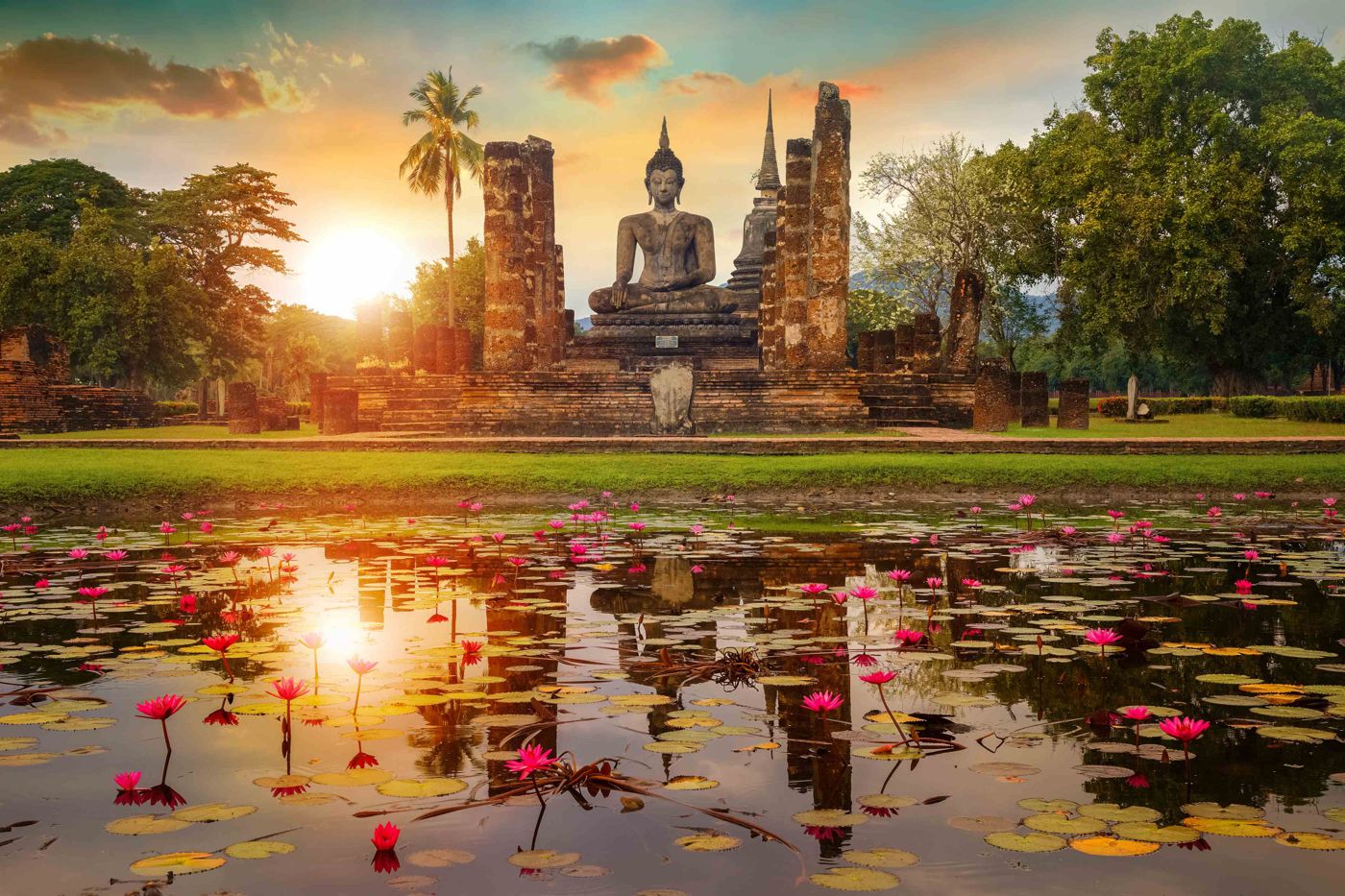
Theravada Buddhism is the main religion in Thailand and remains a strong element in Thai culture. It draws on influences from Hinduism and animism, and the official Thai calendar is based on the Eastern version of the Buddhist Era (BE), 543 years in advance of the Gregorian (or Western) calendar. More than 94% of the population identify themselves as believers of Theravada Buddhism, with around 4.5% following Islam (predominantly Sunni Muslim in the southern provinces) and less than 1% Christian. There are also small minorities of Sikhs and Hindus, as well as a Jewish community who established themselves in Thailand during the 17th century.
Language
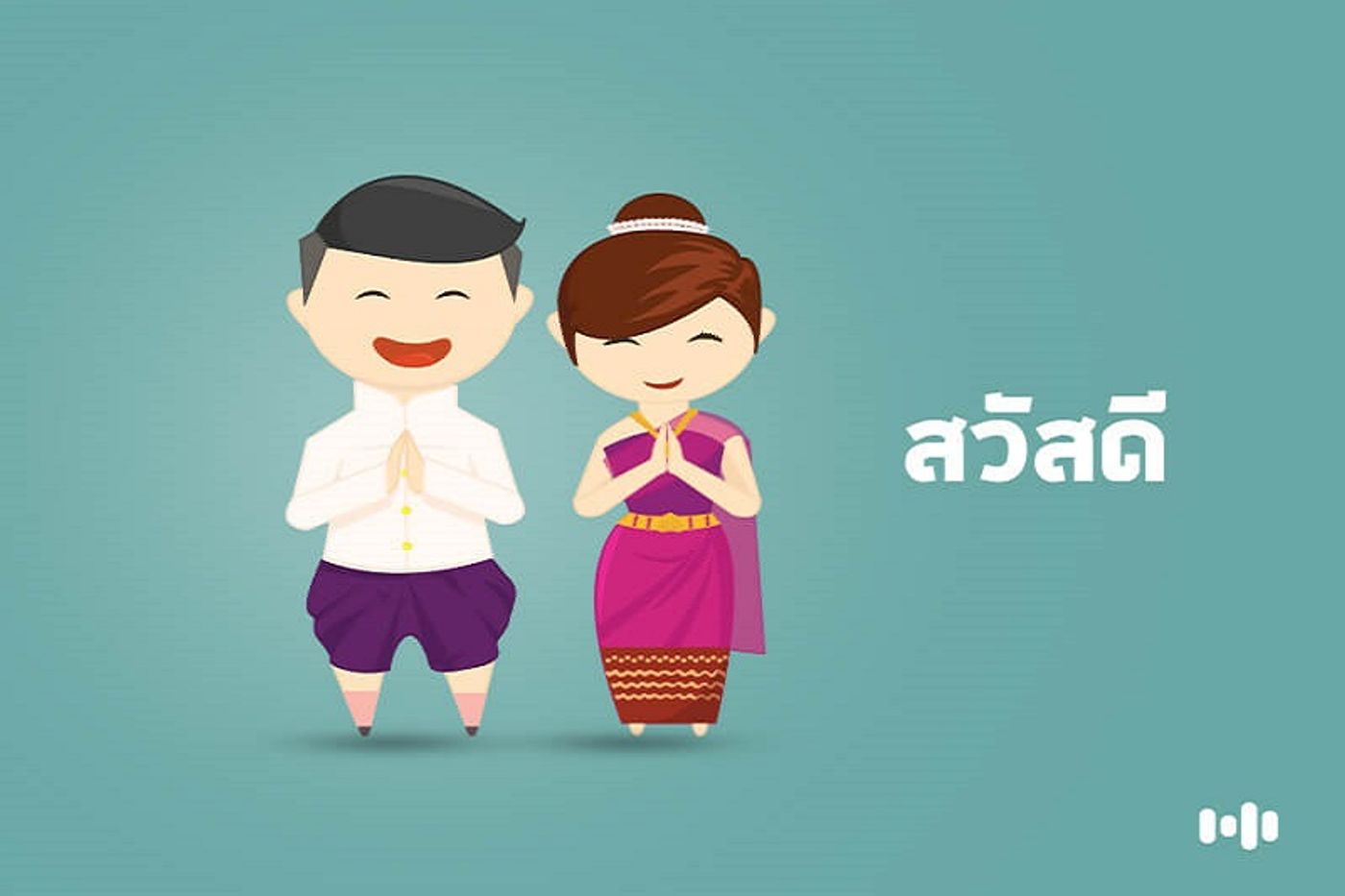
Thailand’s official language is Thai, which is taught at schools and spoken throughout the country, although different dialects exist in the far southern and northern Thai provinces. It is written using the Thai alphabet, which evolved from the Khmer alphabet. English is now a compulsory school subject in Thailand, but in the rural areas, it is not still popular.
Etiquette
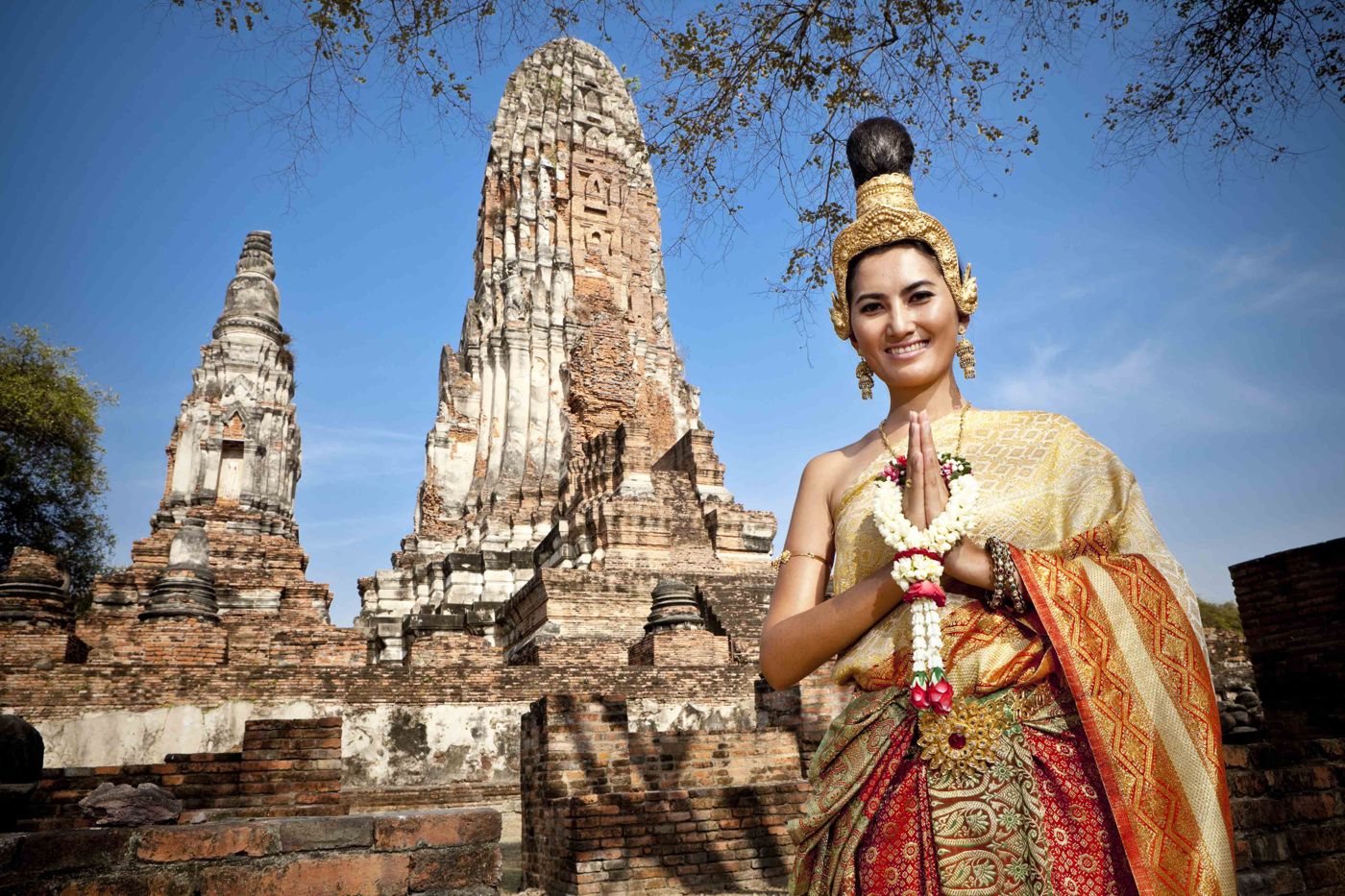
Thais traditionally greeting is the wai – a sign of respect and reverence. It is usually offered by the younger person by pressing their hands together and bowing their head to touch their fingertips. This is accompanied by the words ‘sawatdi khrap’ for males and ‘sawatdi kha’ for females, before the elder then responds.Ancestors are highly respected in Thai culture and recognized as part of spiritual practice. Thai custom dictates that elders have a strong influence over family decisions and older siblings are required to look after and be a role model for younger ones. Thai cultural taboos include touching someone’s head (which is considered the most sacred part of the body), or pointing with your feet.
People
Thai people or Thais (Thai: ชาวไทย), also known as Siamese (Thai: ไทยสยาม), refer both to citizens of Thailand as a whole and to its main ethnic group, a Tai ethnic group primarily inhabiting Central Thailand. Part of the larger Tai ethno-linguistic group native to Southeast Asia as well as southern China and Northeast India, Thais speak the Central Thai language, which is classified as part of the Tai–Kadai family of languages. The majority of Thais are followers of Theravada Buddhism.
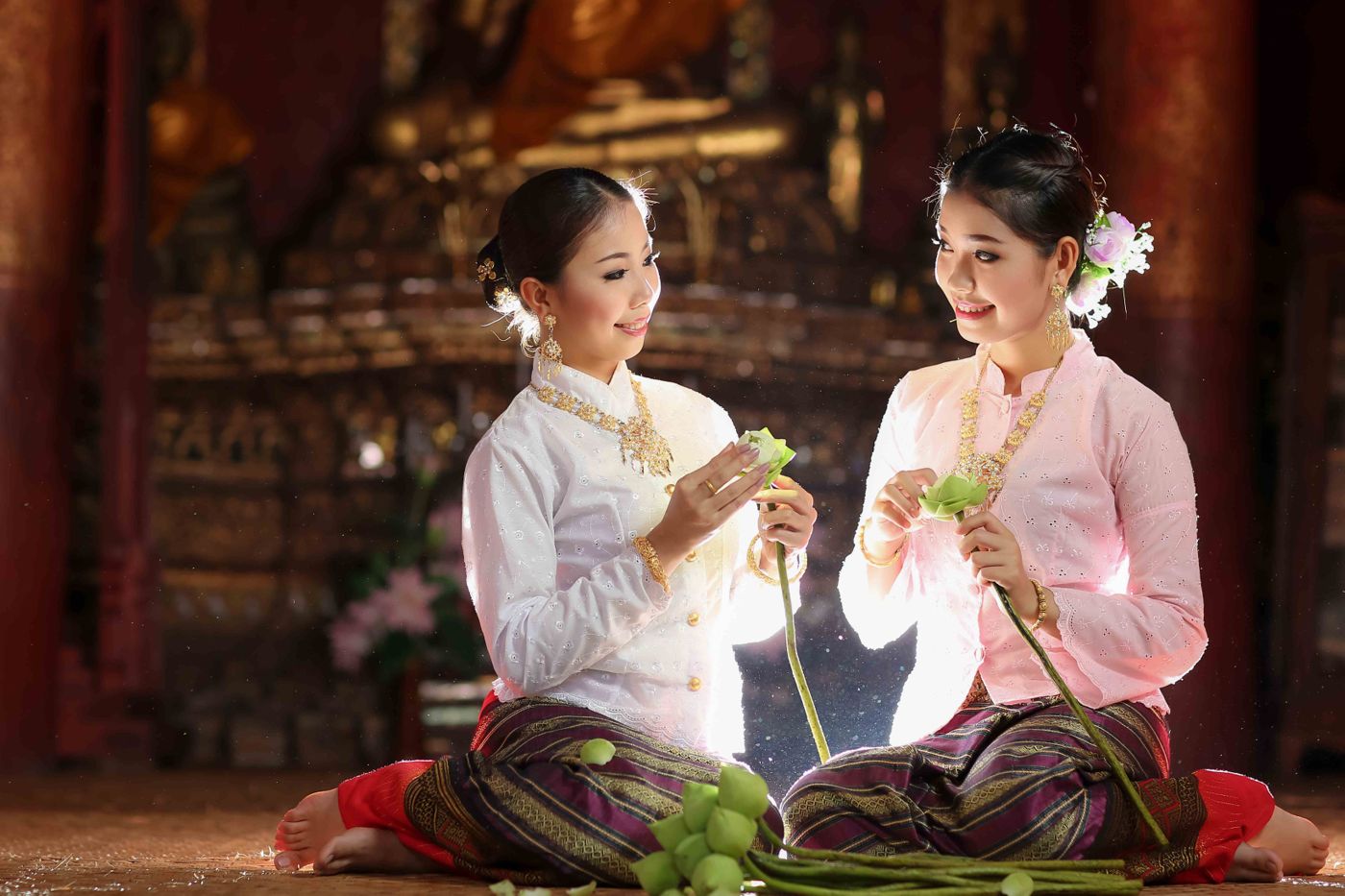
The Thais can be broken down into various regional groups with their own regional varieties of Thai. These groups include central Thai (also the standard variety of the language and Culture), Southern Thai, the Isan (more closely related to the standard Lao of Laos than to standard Thai), Lanna Thai, and Yawi/Malay-speaking Thai. Modern central Thai has become more dominant due to official government policy, which was designed to assimilate and unify the disparate Thai in spite of ethnolinguistic and cultural ties between the non-Standard-Thai-speaking people and their communities.
The best time to visit
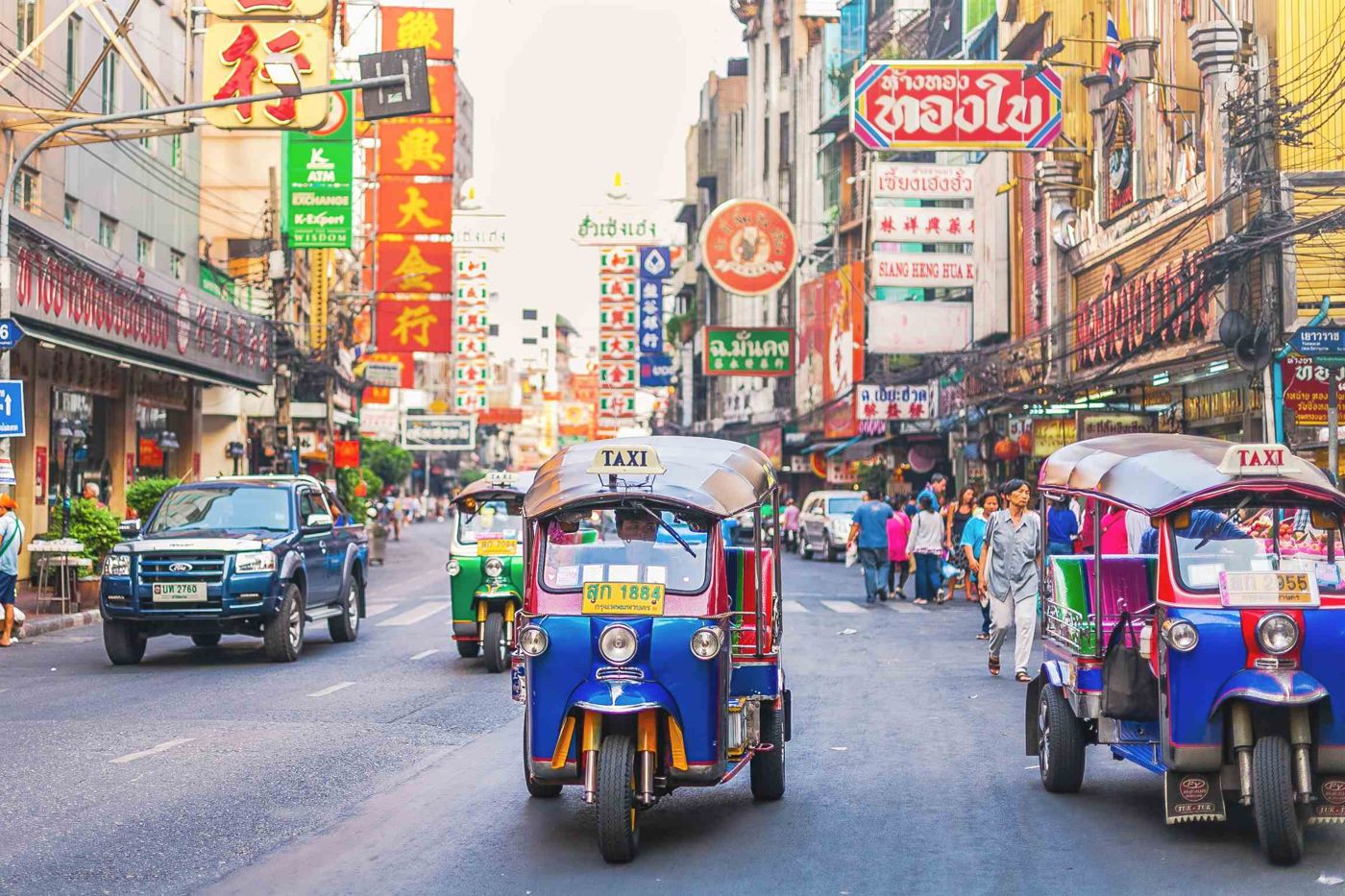
The best weather for travel is from November to February. Christmas holidays are a popular time for package tours, when resorts get crowded. It is hot and dry from March to May, whereas monsoon is from June to October. The rainy season is still an enjoyable time to travel, with fewer tourists.


